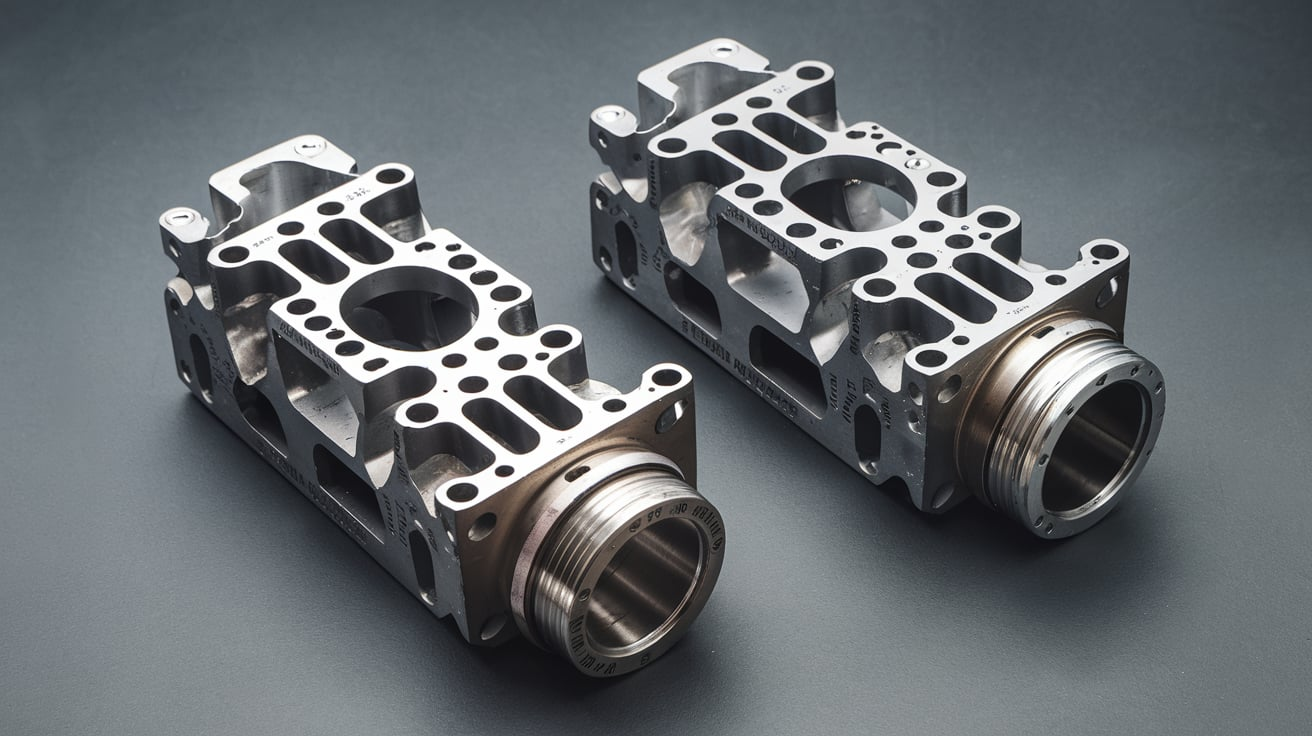When identifying the differences between two specific parts, especially in the context of engines or specialized equipment, it’s essential to understand each part’s unique features and functions. This article will explore What Is the Difference Between 704-48207-13 and 704-48207-22, discussing their design, usage, and how each part serves a specific purpose. Understanding these differences can help users make more informed decisions and select the right part for their needs.
Introduction to 704-48207-13 and 704-48207-22
Before we dive into What Is the Difference Between 704-48207-13 and 704-48207-22, it’s helpful to understand what these parts are and where they’re typically used. Parts with model numbers like these often relate to machinery, engines, or specific industrial applications. These model numbers, while similar, represent components that might appear nearly identical at first glance but could have crucial differences in their specifications, usage, and compatibility with other equipment.
Importance of Choosing the Right Part
When maintaining or repairing equipment, choosing the correct replacement part can be critical for both performance and safety. Knowing What Is the Difference Between 704-48207-13 and 704-48207-22 helps avoid potential issues such as malfunctions or wear and tear that could occur if the wrong part is used. Even a tiny variation in a part’s specifications can lead to differences in how it performs or fits into a more extensive system, making it essential to identify each part correctly.
Critical Differences Between 704-48207-13 and 704-48207-22
Let’s examine What Is the Difference Between 704-48207-13 and 704-48207-22 by looking at some core differences that set these parts apart. These could include differences in size, material, function, or compatibility, among other factors.
1. Functional Differences
One of the main differences in What Is the Difference Between 704-48207-13 and 704-48207-22 is their intended function. Even though both parts might look similar and belong to the same equipment family, they are often designed for slightly different roles. For example, 704-48207-13 might be tailored for a specific function within an engine, while 704-48207-22 is designed to handle a different set of tasks or performance requirements.
2. Design and Dimensions
The design standards provide more information on the differences between 704-48207-13 and 704-48207-22. Parts that seem similar may have subtle variations in dimensions, such as length, diameter, or shape, to fit different equipment models. If 704-48207-13 is designed for a specific configuration, using 704-48207-22 could result in improper fitting or reduced performance. Always check the exact measurements and design details to ensure compatibility with your equipment.
3. Material Composition
Another consideration while examining the differences between 704-48207-13 and 704-48207-22 is the material used to make each component. Different materials can affect durability, resistance to heat or wear, and overall performance. For example, if 704-48207-13 is made from a heavy-duty alloy and 704-48207-22 is constructed from a different material, their longevity and ability to handle stress may differ. This can impact the efficiency of their machinery, so knowing these details helps make an informed choice.
4. Compatibility With Equipment Models
A key component of What Is the Difference Between 704-48207-13 and 704-48207-22 is compatibility. Each component is frequently made to match certain equipment types. If 704-48207-13 is made to work specifically with a specific machine, 704-48207-22 might not fit or function correctly in the same model. Manufacturers typically provide guidelines for which parts to use with particular equipment, so it’s essential to consult the equipment’s manual or the part’s specification sheet before purchasing.
5. Performance and Efficiency
In examining The difference between 207-13 and 704-48207-22, performance and efficiency differences can also be considered. If one part is designed for higher phigherance, it may support heavy-duty applications or prolonged use better than the other. This is particularly relevant for engines or high-performance equipment parts, where the wrong part could reduce efficiency, increase wear, or even risk equipment failure.
Why Knowing the Difference Matters
Understanding What Is the Difference Between 704-48207-13 and 704-48207-22 is essential for anyone involved in equipment maintenance, repair, or purchasing replacement parts. Choosing the wrong part can lead to equipment malfunctions, reduced performance, or even voiding warranties if incompatible parts are used. By recognizing these differences, users can ensure they get the best fit for their specific equipment needs.
Tips for Choosing Between 704-48207-13 and 704-48207-22
Here are some practical tips on selecting the correct part when you’re aware of What Is the Difference Between 704-48207-13 and 704-48207-22:
- Consult the Equipment Manual: Manuals often list the exact part numbers compatible with the equipment.
- Check the Specifications Carefully: Always compare the specifications of each part to ensure it meets the requirements.
- Consult with a Specialist: If you need more clarification, consult a technician or manufacturer representative who can provide expert guidance.
- Consider Usage Conditions: If your equipment is used in challenging conditions, such as high temperatures or high-stress environments, choose the part that best meets those demands.
Conclusion
In summary, What Is the Difference Between 704-48207-13 and 704-48207-22 is a question worth exploring to ensure that you’re making the best decision for your equipment’s longevity, performance, and safety. Even if two components may appear to be identical, one may be a better fit for your needs due to variations in design, material, functionality, and compatibility. Always take the time to check specifications, consult manuals, and, if necessary, seek expert advice. By understanding the unique aspects of each part, you can maintain your equipment more effectively and avoid unnecessary complications.
Frequently Asked Questions
Is it safe to interchange 704-48207-13 and 704-48207-22?
In most cases, only interchange parts are recommended if the manufacturer explicitly states compatibility. This is because each part is made with a specific purpose in mind, which is why 704-48207-13 and 704-48207-22 differ from one another.
How do I confirm which part I need?
The easiest way to determine the correct part is by consulting your equipment’s manual, which should provide transparent information about which part numbers are compatible.
